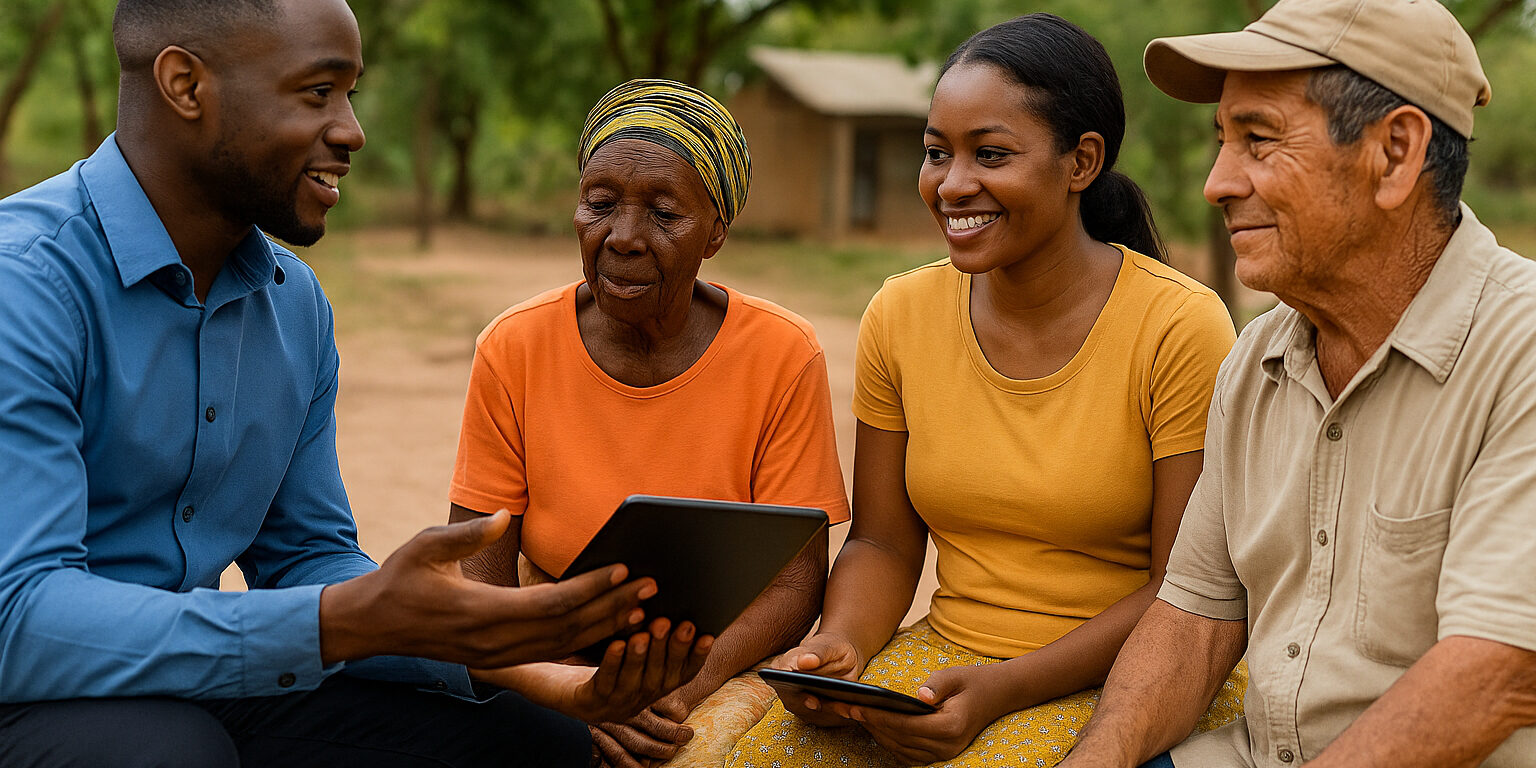Insurance has long been viewed as a safeguard for the privileged, but microinsurance is changing that narrative. Designed to provide affordable coverage to low-income individuals and small businesses, microinsurance ensures that everyone—regardless of income—has access to basic protection. By combining innovation, technology, and inclusivity, it’s helping close one of the biggest gaps in global financial security.
Understanding Microinsurance
Microinsurance operates on the principle of accessibility and simplicity. It provides low-cost insurance products tailored to specific needs, such as health, life, crop, or property coverage. Premiums are small and often collected through convenient channels like mobile payments, making it easier for people in rural or underserved communities to participate. The goal isn’t to replace traditional insurance but to extend protection to those who were previously excluded.
Bridging the Protection Gap
For millions of families in developing regions, a single illness, crop failure, or natural disaster can erase years of hard work. Microinsurance helps reduce this vulnerability by providing quick financial support during emergencies. For example, farmers can insure their harvests against drought or floods, while families can access basic health or life coverage at minimal cost. These small-scale protections can prevent poverty traps and create pathways toward economic stability.
The Role of Technology in Expansion
Digital technology is at the heart of microinsurance’s growth. Mobile platforms and digital wallets make policy enrollment and premium collection seamless, even in remote areas. Insurtech startups are using data analytics, satellite imagery, and AI to design flexible products and automate claim settlements. In regions where banking infrastructure is limited, these innovations have made insurance not only possible but practical.
Challenges and the Road Ahead
Despite its promise, microinsurance faces several challenges. Awareness remains low, and many potential customers are unfamiliar with how insurance works. Simplifying policy language, building trust through community outreach, and ensuring transparent claims processes are essential for long-term success. Collaboration between insurers, governments, and NGOs is also critical to expanding coverage and creating supportive regulatory frameworks.
Conclusion
Microinsurance represents a powerful step toward financial inclusion and social protection. By making insurance accessible and affordable, it empowers people to recover from setbacks and plan for the future. As technology and awareness continue to advance, microinsurance has the potential to bring financial resilience within reach for millions—proving that security is not a luxury, but a right for all.






